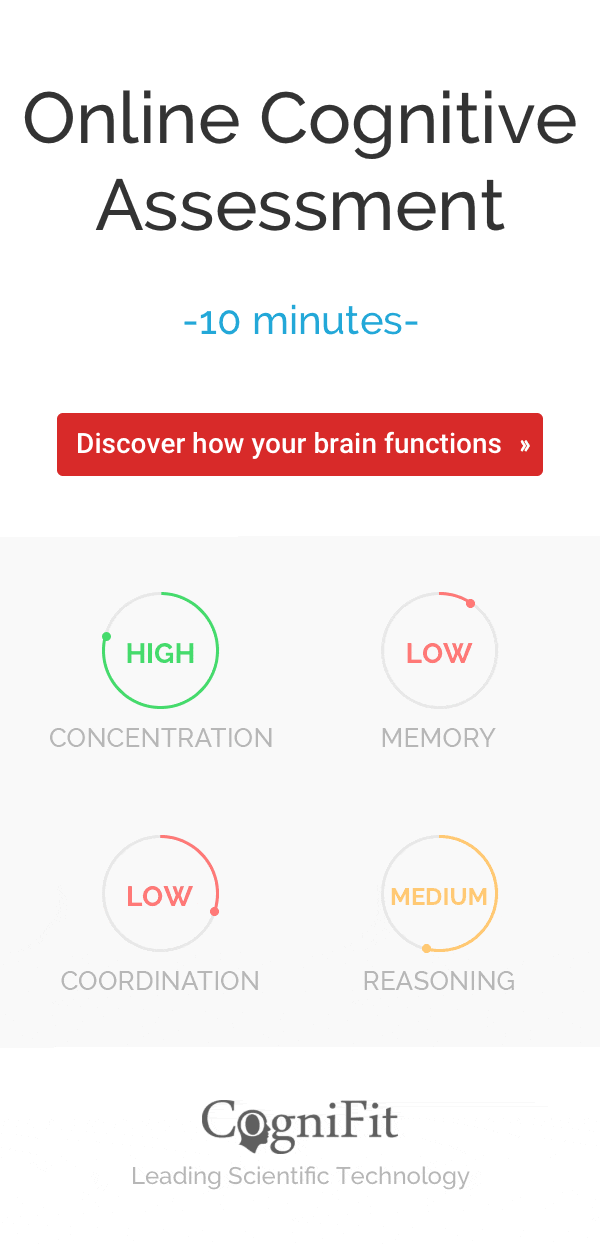
Study Reveals Brain’s Thought Speed of Just 10 Bits Per Second
A new study conducted by researchers at Caltech (California Institute of Technology, USA) has uncovered a remarkable paradox in human cognition. While the brain’s sensory systems gather and process information at an astonishing rate of one billion bits per second, conscious thought occurs at a far slower pace of just 10 bits per second. This discovery highlights the brain’s unique processing limitations, offering fresh insights into its evolution and raising important implications for neuroscience, technology, and education.

Note: This article is intended for general information and educational purposes. It summarizes scientific research in accessible language for a broad audience and is not an official scientific press release.
Discovering the Limits of Human Thought
Led by graduate student Jieyu Zheng in the lab of Markus Meister, the Anne P. and Benjamin F. Biaggini Professor of Biological Sciences at Caltech, the study delves deep into the mechanics of human cognition. Published in the journal Neuron on December 17, the research provides a numerical measure of human thought speed for the first time. Using mathematical techniques from information theory, Zheng and Meister calculated the conscious processing speed of the brain to be a mere 10 bits per second.
How Was the Study Conducted?
According to Neuroscience News, to quantify thought speed, the team analyzed an extensive array of scientific literature. These studies focused on human activities such as solving puzzles, playing video games, writing, and reading—all tasks that require measurable cognitive effort. By synthesizing data from diverse experiments, the researchers identified common benchmarks for decision-making and problem-solving.
The methodology drew upon a combination of observational data and computational modeling. For example, when examining tasks like solving a Rubik’s Cube, researchers calculated the average time participants took to make conscious decisions during each step of the solution process. This allowed them to isolate conscious cognitive effort from automatic or reflexive responses.
Similarly, video game performance provided a robust framework for studying rapid decision-making under dynamic conditions. Tasks such as navigating a maze or responding to in-game threats showcased the interplay between conscious thought and unconscious sensory processing. Reading comprehension experiments further enriched the dataset by analyzing how individuals decode and synthesize textual information at various speeds.
Comparison to Sensory Input Rates
The findings reveal a staggering disparity: while sensory systems such as vision, hearing, and touch gather data at speeds of up to one billion bits per second, the brain consciously processes just 10 bits of this input. Sensory information—like the sights, sounds, and smells of a bustling street—must be filtered heavily before reaching conscious awareness. This raises profound questions about how the brain prioritizes and filters information.
What Makes This Study Unique?
This research stands out for its holistic approach to quantifying thought speed. While earlier studies explored the capabilities of neurons or sensory systems independently, this is the first to focus directly on conscious processing. It bridges gaps in understanding the relationship between raw sensory input and deliberate, conscious thought, offering a cohesive framework for future exploration.
The application of information theory—a discipline originally developed for telecommunications and computing—adds a novel dimension to neuroscience. By treating thought as a measurable data stream, the study provides a rigorous, quantitative foundation for understanding cognitive limitations.
Key Findings Expanded
- Slow Conscious Thought Processes
- Conscious thought processes occur at just 10 bits per second.
- Example: A person solving a crossword puzzle processes one clue or answer at a time, consciously analyzing each step while unconsciously perceiving surrounding noises or visual stimuli. This pace contrasts sharply with the brain’s capacity to process millions of sensory inputs simultaneously.
- Sensory Systems Operate Far Faster
- Sensory inputs are processed at rates up to one billion bits per second.
- Example: While walking through a crowded marketplace, an individual’s sensory systems absorb a vast array of stimuli—colors, sounds, textures—yet the conscious mind selectively focuses on specific details, such as locating a friend or identifying a landmark.
- Single-Pathway Processing in Thought
- The brain focuses on one path of thought at a time, similar to navigating a physical space.
- Example: A chess player evaluates one possible sequence of moves at a time, unable to simultaneously explore multiple outcomes in parallel. This highlights the brain’s reliance on linear processing for decision-making.
- Evolutionary Roots of Cognitive Limits
- The single-focus constraint likely evolved from early nervous systems, which prioritized navigation and survival.
- Example: Primitive organisms relied on tracking food or predators, emphasizing single-path processing over multitasking for survival efficiency. This evolutionary legacy influences modern cognition, favoring focused attention over dispersed awareness.
- Implications for Brain-Computer Interfaces
- Even futuristic brain-computer interfaces would be limited by the natural 10 bits-per-second processing speed of the human brain.
- Example: Technologies aimed at enhancing communication speeds, such as neural typing systems, would still face the same biological bottleneck. While such systems may improve accessibility, they cannot surpass the brain’s inherent speed limit.
Why Does the Brain Prioritize Single Thoughts?
Understanding the Evolutionary Context
The study suggests that the brain’s single-focus limitation stems from its evolutionary history. The earliest creatures with nervous systems used their brains primarily for navigation. This required selecting a single, clear path to avoid predators or locate food. As the human brain evolved, this foundational architecture persisted, shaping how we process abstract concepts and navigate complex ideas.
Navigation in Abstract Spaces
Zheng and Meister propose that conscious thought resembles navigation through a space of abstract concepts. Much like a traveler chooses a single route through a forest, the brain selects one train of thought at a time to maintain clarity and focus. This analogy explains why humans often find multitasking cognitively demanding or even counterproductive.
Further supporting this idea, the researchers highlight examples from problem-solving scenarios. Whether calculating complex equations or brainstorming creative ideas, individuals exhibit a preference for linear, sequential thinking—a cognitive strategy deeply rooted in evolutionary mechanisms.
Implications for Cognitive Abilities
Impact on Multitasking
The study underscores why multitasking is inherently challenging for humans. Although our brains can rapidly switch between tasks, true parallel processing remains elusive. For instance, attempting to compose an email while listening to a podcast often results in errors or reduced comprehension of both activities.
Neuroscientific experiments reveal that task-switching imposes significant cognitive costs. Each shift between tasks requires reorienting attention and updating working memory, further limiting efficiency. These findings emphasize the importance of minimizing distractions in environments that demand high productivity.
Relevance to Learning and Problem-Solving
This single-path constraint highlights the importance of structured, focused learning. Educational techniques that break down complex topics into smaller, sequential steps align with the brain’s natural processing speed, enabling more effective comprehension and retention.
For example, students learning advanced mathematics benefit from step-by-step problem-solving exercises that scaffold their understanding. Similarly, workplace training programs that prioritize modular, focused learning modules outperform those that overwhelm participants with simultaneous demands.
Broader Implications for Society
Scientific and Technological Significance
The study challenges optimistic assumptions about enhancing human cognition through technology. While brain-computer interfaces may improve accessibility and communication, they cannot surpass the brain’s inherent speed limit. This realization may refocus technological innovation toward optimizing rather than overhauling human capabilities.
Medical Applications
Understanding the brain’s processing constraints could inform therapies for neurological conditions. For example, treatments for attention disorders might focus on improving the brain’s ability to prioritize and filter sensory information more effectively. Targeted cognitive training programs can help people exercise concentration and decision-making skills.
Educational and Workplace Relevance
The findings emphasize the need to design educational strategies and workplace environments that respect cognitive limitations. Encouraging focused work and minimizing distractions aligns with the brain’s natural capabilities, boosting productivity and learning outcomes.
Future Directions for Research
Unanswered Questions
The study opens several avenues for further exploration. How exactly does the brain encode its single-path constraint? Could technological augmentation increase the brain’s speed of information processing? Researchers aim to investigate these questions by studying neural architecture and adaptive learning techniques.
Potential for Enhancing Cognitive Training
While the brain’s speed limit may not change, targeted training could enhance its efficiency. For instance, mindfulness practices and focused exercises might help individuals optimize their cognitive processes, reducing the mental strain of multitasking.
Experimental approaches, such as neurofeedback training and brain stimulation technologies, are also gaining traction. These methods aim to enhance neural connectivity and improve cognitive endurance, potentially expanding the practical applications of this research.
Conclusions
This Caltech study reveals a striking paradox: despite the brain’s immense sensory processing capacity, conscious thought operates at a remarkably slow speed of 10 bits per second. By uncovering this fundamental limitation, the research reshapes our understanding of human cognition, emphasizing the brain’s evolutionary trade-offs. As science and technology progress, these findings will guide future innovations in neuroscience, education, and medicine, fostering a more realistic and nuanced appreciation of the human mind.
The information in this article is provided for informational purposes only and is not medical advice. For medical advice, please consult your doctor.













